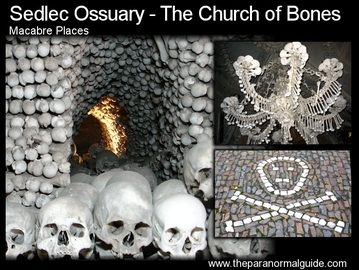
Why are there so many human remains at this location?
Why do they adorn the chapel in this way?
That's a LOT of Bones!
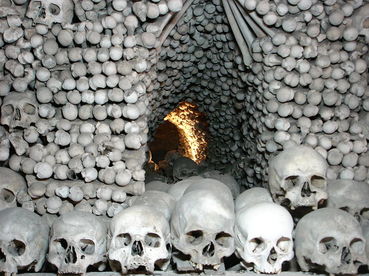 50,000 skeletons were turned into decorations.
50,000 skeletons were turned into decorations. Regardless the results are stunning.
Many of the bones from the estimated 50,000 skeletons, were turned into decorations and furnishings. Shelves were built out of skeletons, the monstance's (the vessel that displays religious relics) included skulls, entire walls were furnished with stacked femurs (and more skulls), the Schwarzenberg coat-of-arms was rendered in bone (including a bird skeleton pecking at the empty eye socket of a skull), as was Rint's, signature when he was complete.
The Church of Bones
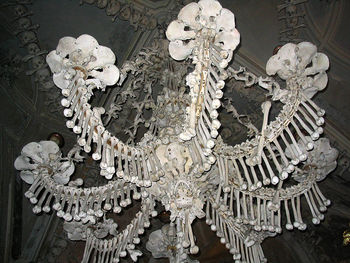 The Bone Chandelier.
The Bone Chandelier. A common misconception about "The Church of Bones" is that it is the church itself that has been decorated in this macabre fashion. This is not the case, but rather it is the ossuary/chapel located under the main building which holds these interesting works of art.
The church that stands above the ossuary is The Church of All Saints. As with all things to do with this subject, the history of the place is quite fascinating.
The town Kutna Hora (of which Sedlec is a suburb), was started with the settlement of a Cistercian Monastery. Soon German miners began to mine the hills and mountains for silver in the immediate region. A town soon sprang up in the region as more people came to work the mines, and other businesses were established to support the trade.
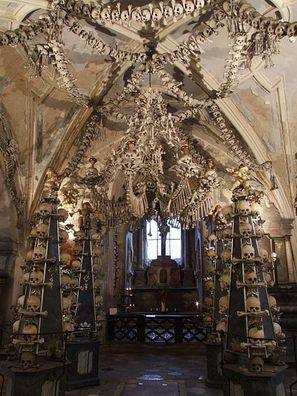
With Golgotha said to be where Jesus was crucified, and the dirt now placed in the Cistercian Cemetery, the desire to be buried there upon death rose dramatically.
During the time of the Black Death epidemic and the Hussite Wars thousands of people were buried and the cemetery had to be enlarged.
Soon, a Roman Catholic Church was built on site, but due to the many graves and bodies being disturbed, an ossuary (a site for the holding of skeletal remains) was constructed. Many of the graves that were disturbed were of the 'mass burial' variety, meaning tens of thousands of skeletons needed to be placed in the ossuary/chapel.
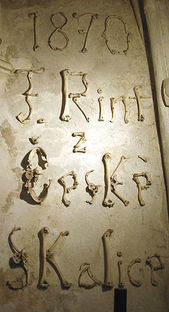 Signature of Frantisek Rint
Signature of Frantisek Rint In the early 1700's the church was due for a renovation, and its new, larger size allowed more bones to interred within the ossuary.
Finally, in 1870. we meet back up with Frantisiek Rint and the creation of "The Bone Church".
If you happen to travel to Kutna Hora in the Czech Republic, Sedlec Ossuary is open during the day for visitors. It is one of the region’s most popular tourist attractions with nearly a quarter a million people visiting each year.
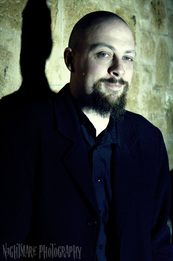
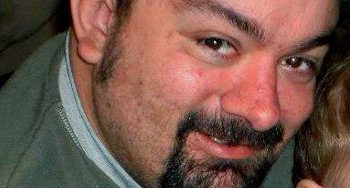
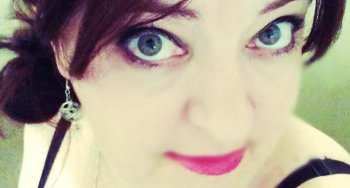
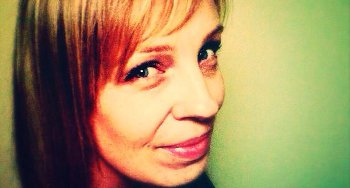
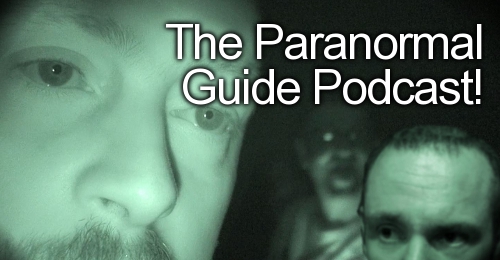
 RSS Feed
RSS Feed
